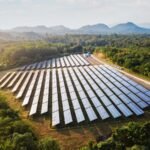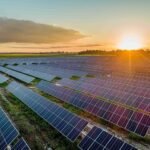The global energy transition marks one of the most significant shifts in modern history — moving away from fossil fuels toward cleaner, renewable energy systems. For infrastructure investors, this transition is not just a policy trend but a multi-trillion-dollar opportunity. One of the most lucrative areas in this shift is solar EPC (Engineering, Procurement, and Construction), which forms the backbone of large-scale solar project development.
Understanding the Energy Transition and Its Impact on Infrastructure Investors
The transformation is fueled by climate commitments, government incentives, corporate ESG mandates, and rapidly falling technology costs. For investors, this isn’t about chasing “green hype” — it’s about capitalizing on robust, long-term infrastructure assets with predictable returns. Stay with Steelbridge Export, for further information.
Why Solar EPC Is at the Heart of the Energy Transition
In the renewable energy space, solar EPC providers are the ones who take a solar project from concept to commissioning. Their work includes:
Engineering: Designing optimized photovoltaic systems for maximum efficiency.
Procurement: Sourcing high-quality solar panels, inverters, and mounting structures.
Construction: Executing installation with minimal downtime and cost overruns.
For infrastructure investors, partnering with proven solar EPC contractors ensures project risk is mitigated and timelines are met — two critical factors for ROI in renewable energy portfolios.
 Market Drivers for Infrastructure Investment in Solar EPC
Market Drivers for Infrastructure Investment in Solar EPC
Several macro forces make this sector a prime solar investment destination:
Government Incentives: Tax credits, feed-in tariffs, and renewable portfolio standards.
Corporate Sustainability Goals: Large companies committing to net-zero targets.
Falling Solar Costs: Dramatic price declines in PV panels and storage solutions.
Grid Decentralization: Movement toward distributed solar energy generation.
This alignment of policy, technology, and economics means the solar EPC market is expected to grow at a double-digit CAGR through 2030.
Financial Models for Solar EPC Investments
Infrastructure investors can engage in solar EPC projects through various models:
Turnkey Contracts: The EPC firm handles everything from design to delivery.
EPC + O&M Agreements: Bundling operations and maintenance for long-term performance.
Joint Ventures: Investors partner with EPC firms to share profits and risks.
EPCF Model: Combining engineering, procurement, construction, and financing — offering a complete investment package.
The EPCF model is particularly attractive to infrastructure investors seeking a low-friction entry into renewable energy assets.
Mitigating Risks in Solar EPC Investments
Like any infrastructure asset, solar projects come with risks — but strategic due diligence can greatly reduce them:
Technical Risk: Work only with EPCs that have proven track records in utility-scale solar.
Regulatory Risk: Ensure compliance with local and national renewable energy policies.
Currency Risk: Use hedging strategies in cross-border investments.
Operational Risk: Secure O&M contracts for post-construction asset performance.
related articles: In 2025, Solar PV’s Net Benefits Are Supercharged by Technology, Equity, and Smarter Policy
Global Hotspots for Solar EPC Opportunities
While solar EPC projects are emerging worldwide, certain regions offer exceptional returns:
Middle East & North Africa (MENA): High solar irradiance and government-backed projects.
Southeast Asia: Rapid energy demand growth and attractive investment frameworks.
Latin America: Competitive auctions and large-scale solar farm developments.
Southern Europe: EU Green Deal funding and robust grid infrastructure.
Case Study: Solar EPC Success in the Middle East
A recent utility-scale solar EPC project in the UAE illustrates the investment potential. The EPC contractor delivered a 250 MW plant ahead of schedule, reducing costs by 8% while securing a 25-year power purchase agreement (PPA). Investors benefited from predictable cash flow and above-average IRR.
 The Road Ahead for Infrastructure Investors
The Road Ahead for Infrastructure Investors
The intersection of the energy transition and solar EPC is a rare convergence of sustainability, profitability, and infrastructure stability. With global investment in renewables projected to exceed $2 trillion by 2030, infrastructure investors have a unique opportunity to anchor their portfolios in resilient, future-proof assets.
Meta Questions & Answers
- Q1: What is solar EPC in renewable energy?
Solar EPC covers engineering, procurement, and construction for solar projects, ensuring turnkey delivery from design to commissioning. - Q2: Why is solar EPC attractive for infrastructure investors?
It offers stable, long-term returns backed by government incentives, corporate ESG goals, and predictable project cash flows. - Q3: How does the energy transition influence investment decisions?
The transition shifts capital toward clean energy assets, making solar EPC projects a high-growth, low-risk investment. - Q4: Which regions offer the best solar EPC opportunities?
MENA, Southeast Asia, Latin America, and Southern Europe are current investment hotspots. - Q5: How can investors reduce risk in solar EPC projects?
By partnering with experienced EPC contractors, securing long-term PPAs, and implementing robust O&M plans.
inspired by: enelgreenpower.com



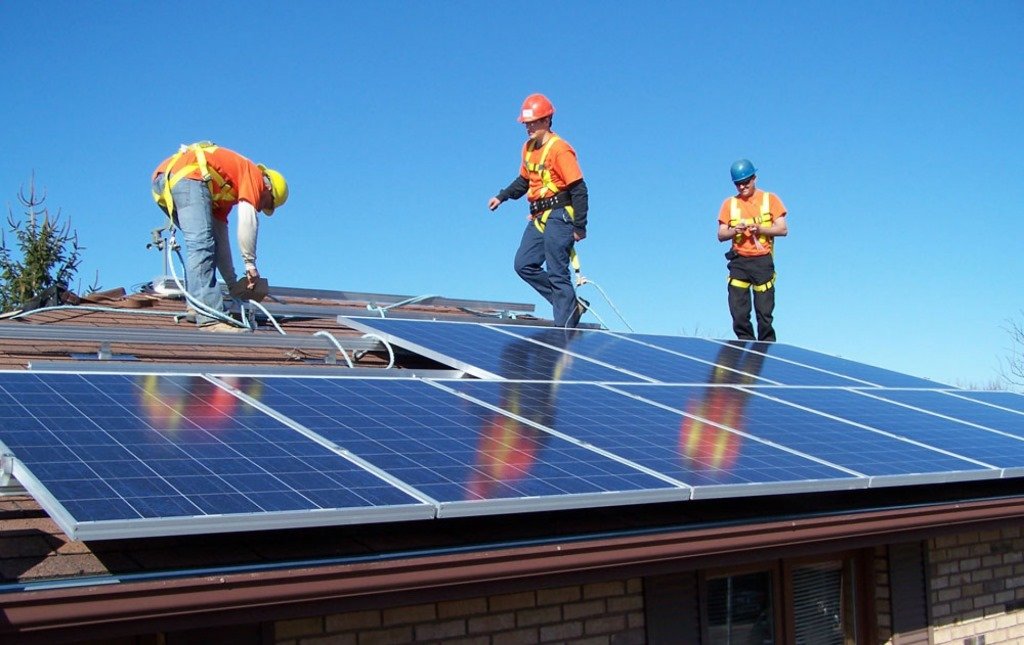
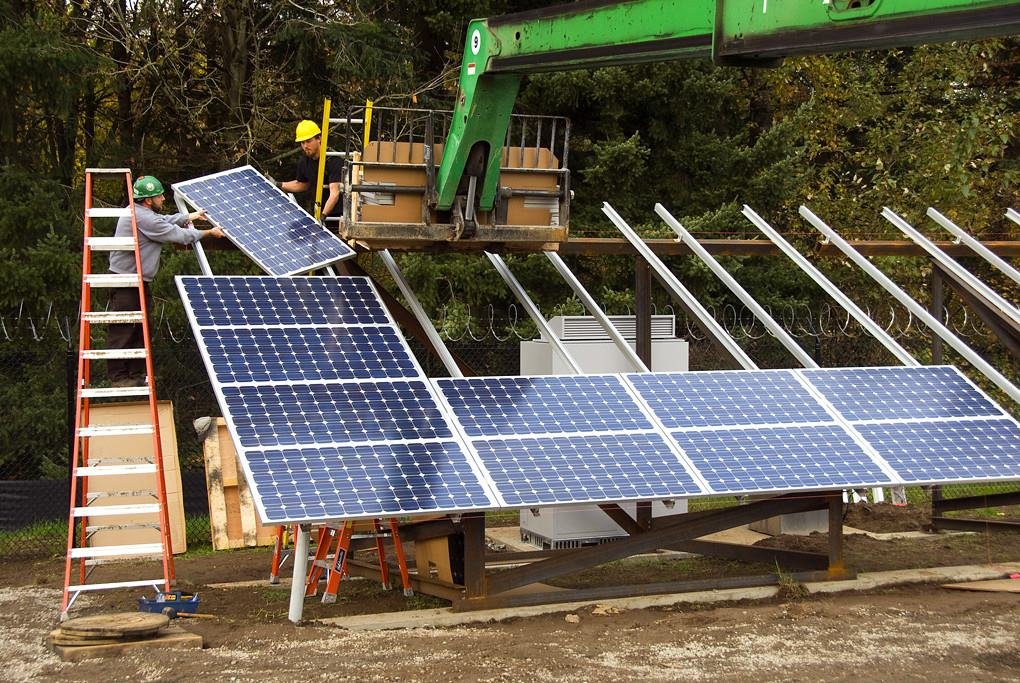 Market Drivers for Infrastructure Investment in Solar EPC
Market Drivers for Infrastructure Investment in Solar EPC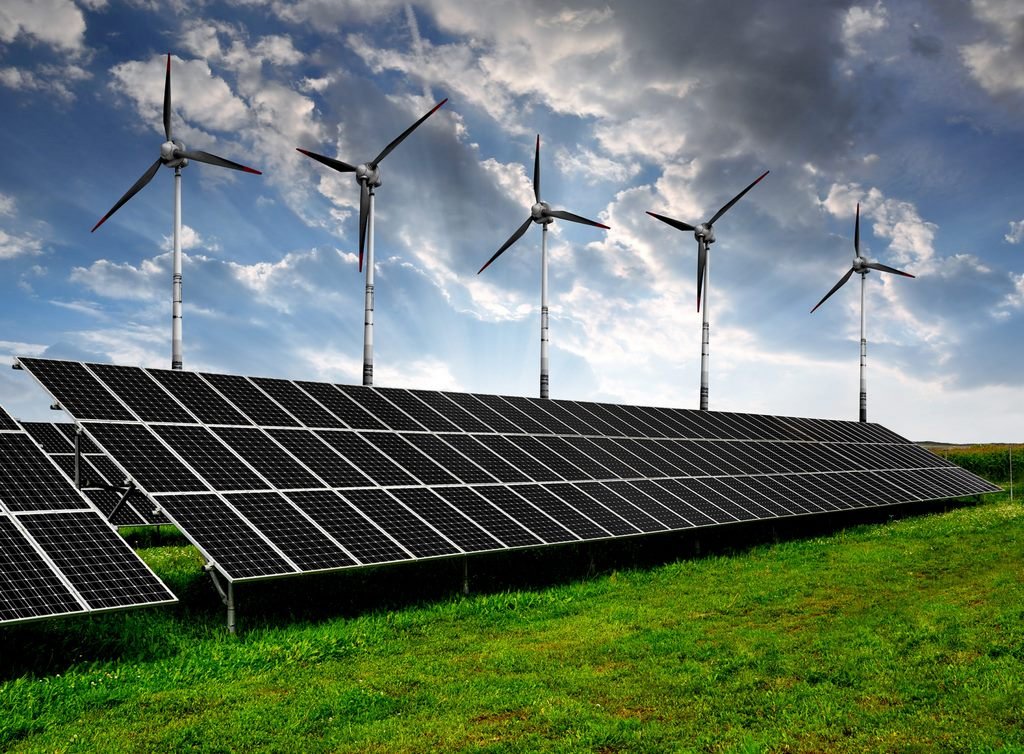 The Road Ahead for Infrastructure Investors
The Road Ahead for Infrastructure Investors

